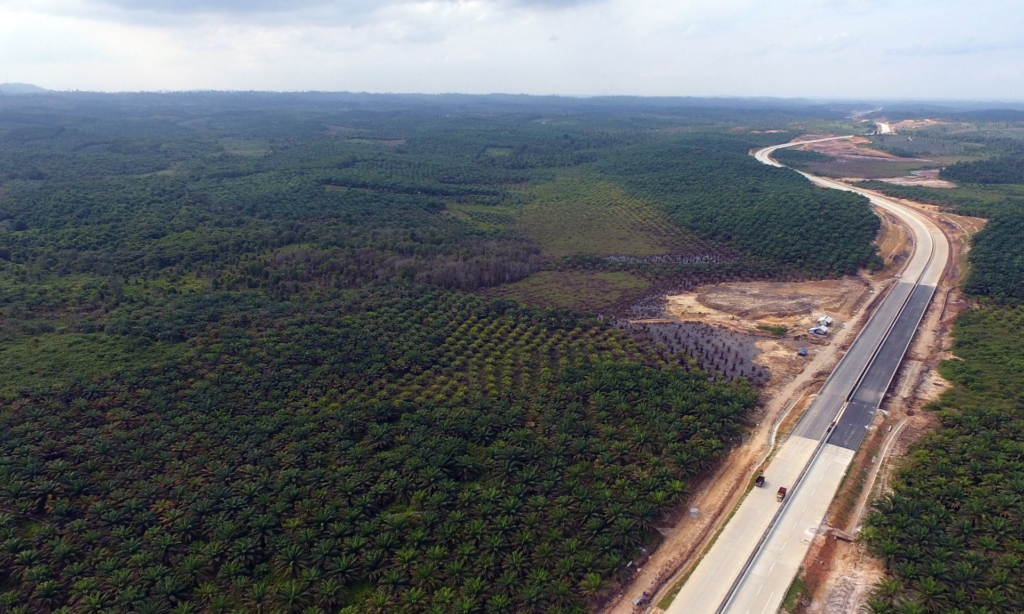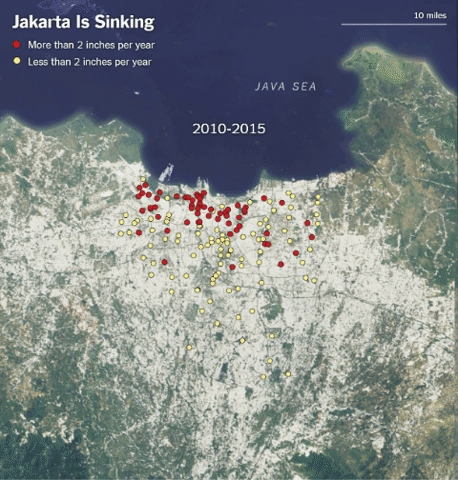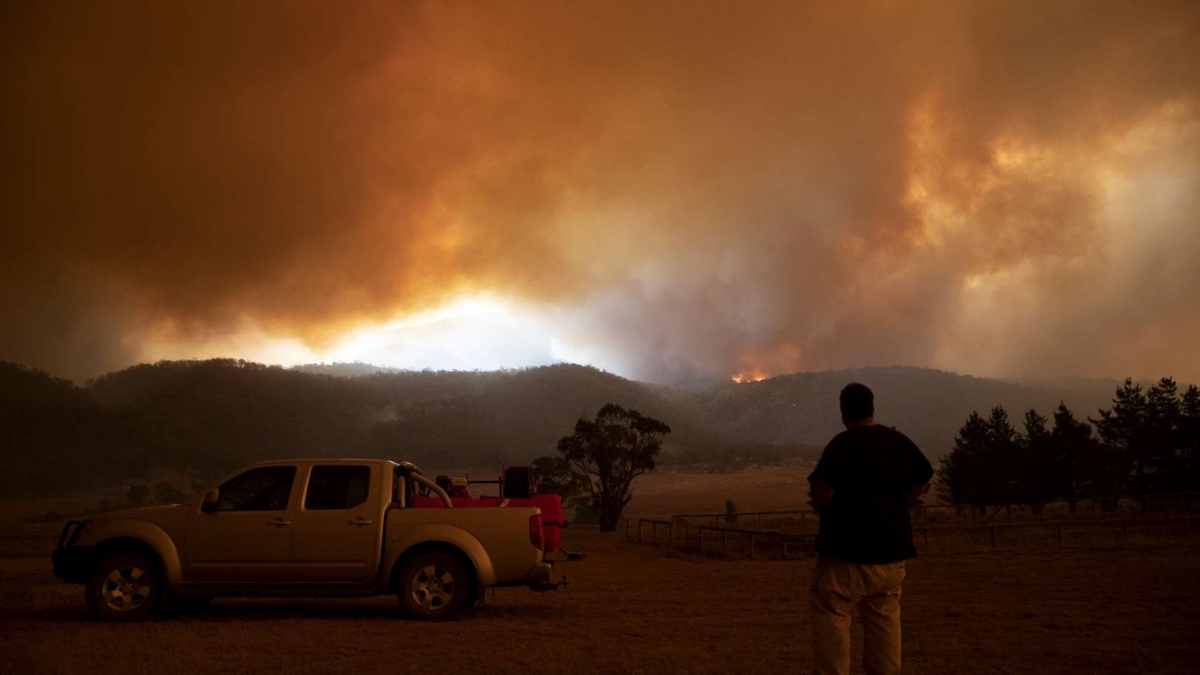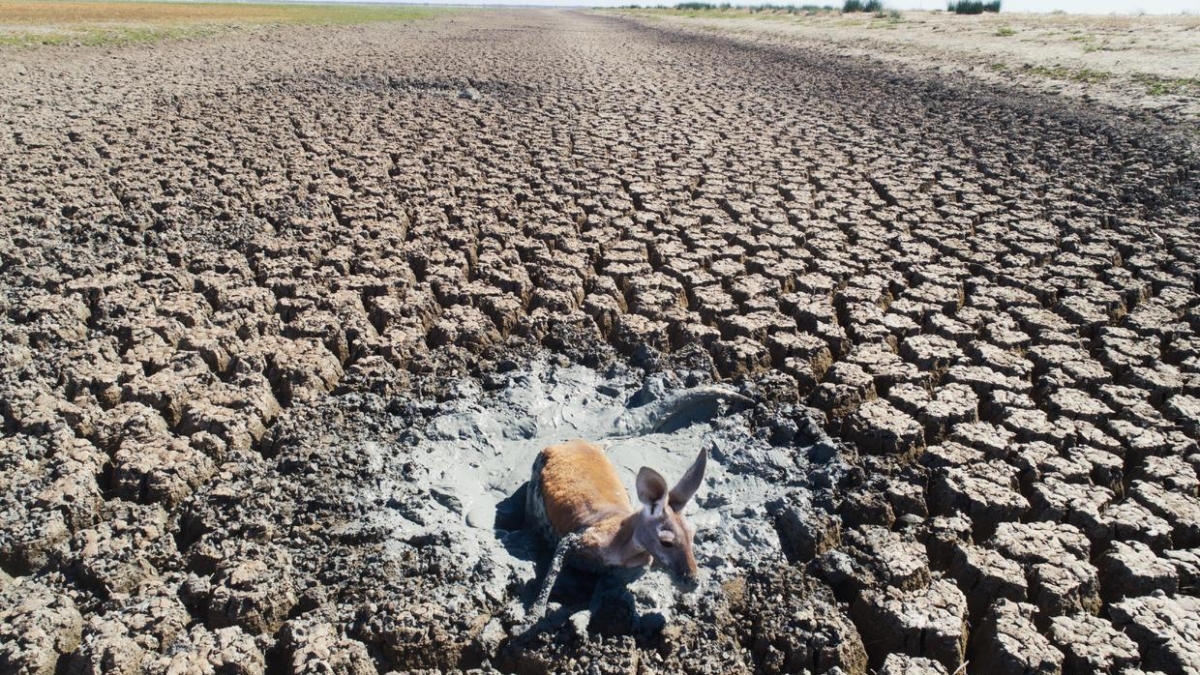Indonesia announces site of capital city to replace sinking Jakarta – Choice of Borneo for £27 billion project raises fears of forest destruction and pollution

By Jonathan Watts
26 August 2019
(The Guardian) – Indonesia has announced plans to move its capital from the climate-threatened megalopolis of Jakarta to the sparsely populated island of Borneo, which is home to some of the world’s greatest tropical rainforests.
President Joko Widodo said the move was necessary because the burden on Jakarta was “too heavy”, but environmentalists said the $33bn relocation needed to be carefully handled or it would result in fleeing one ecological disaster only to create another.

As well as dire problems of pollution and traffic congestion, Jakarta suffers from severe subsidence, which makes the coastal city extremely vulnerable to rising sea levels.
Poor urban planning on land that was originally swamp, along with the unregulated draining of aquifers, has left 40% of the city under sea level. The worst affected neighbourhoods are reportedly sinking 10-20cm per year – one of the fastest rates in the world.
Although the government has planned huge new sea defences, Widodo has expressed frustration at the slow pace of progress. “This huge project will need to be done quickly to prevent Jakarta from sinking under the sea,” he said last month. […]

“We will not disturb any existing protected forest, instead we will rehabilitate it,” the planning minister Bambang Brodjonegoro, was reported as saying in the South China Morning Post.
But conservationists fear the plan – and the surge in the number of newcomers – may put further pressure on the rainforest habit species, such as the orangutan. “The government must make sure that the new capital is not built in a conservation or protected area,” the Greenpeace Indonesia campaigner Jasmine Putri told AFP. [more]
Land subsidence in Jakarta Indonesia in 1984-1991 and 2010-2015 The New York Times

